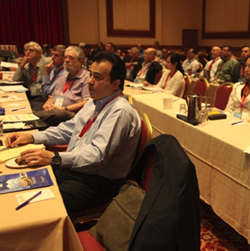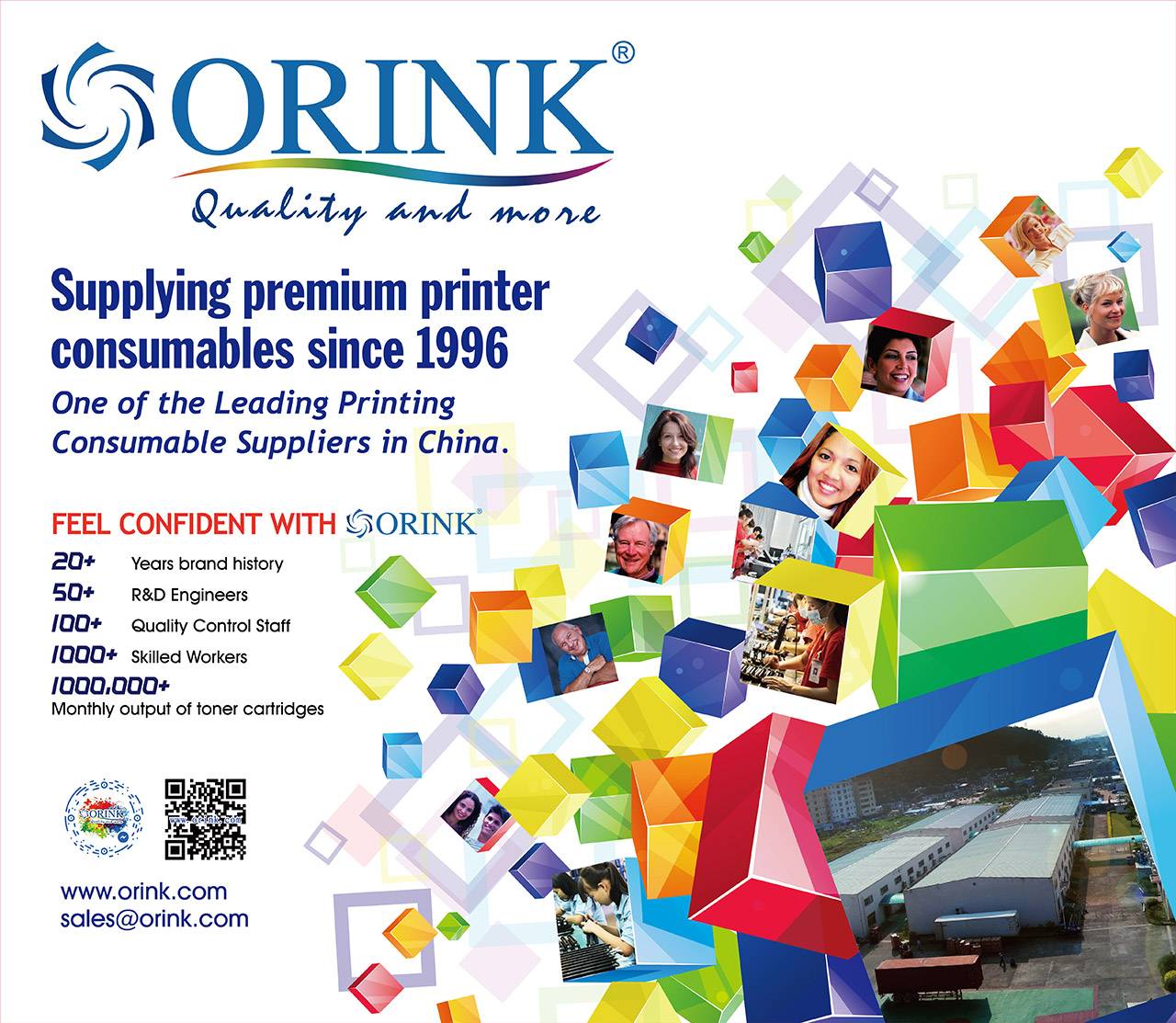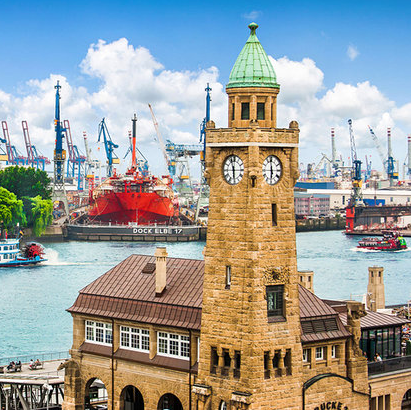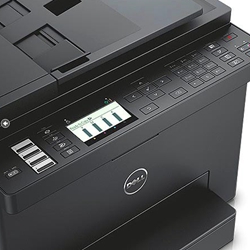See you next year in Cancun, Mexico
The imaging industry is changeable, dynamic, energetic, vigorous and full of opportunity: a fact that could not be ignored by attendees at the second, annual RT Imaging Summit and Expo on May 14 and 15 in Las Vegas.
Where else can you rub shoulders with 2 professors, 4 intellectual property lawyers, a former Super Bowl champion, OEM representatives from HP, Konica Minolta, Lexmark and Kodak, and senior management from innovative aftermarket companies? All are deeply involved with the current legal issues, new technologies, trends, strategic partnerships and acquisitions confronting the imaging industry.
Previously Unmatched
The event saw a 15% increase in attendance from the inaugural summit of 2014, thanks, in part, to the new partnership between RT Media and the Graphic Communications Institute at CalPoly (GrCI), headed by Emeritus Professor Harvey Levenson and Ms Lyndee Sing. The winning combination of expertise brought a depth of participation from industry professionals and OEM’s previously unmatched at any previous aftermarket event. Eastman Kodak, Konica Minolta and Ultrex Business Products graciously sponsored the event.
Art Diamond, the best known 58-year-veteran of the imaging industry and Senior Consulting Editor of Recycling Times Magazine, opened the summit with a pre-recorded video message explaining his inability to attend following his recent hip surgery—a fitting opening from a man who continues to passionately contribute to the imaging industry.
An entertaining keynote address by Dan Burmeister, a former NFL player and 25-year veteran of the imaging industry, now “playing ball” for Eastman Kodak, linked the similarities of being successful in business with his success as a football player with the Washington Red Skins. Kodak’s message was clear: coming out of liquidation, the iconic OEM brand wants to use its technologies and unrivaled material science expertise to partner with the aftermarket.
Dr Levenson unveiled how CalPoly’s California-based imaging and printing research library and testing department—the largest and most extensive of its type in the world—is the new go-to place for OEMs and the aftermarket alike, wherever they are in the world. The ability to research and test is crucial for respondents and patentees alike to identify prior art and patent claims in patent infringement disputes.
New Technologies
Bob Bucknum, who represents the up-and-coming boutique chip developer, Zhono Corporation, identified the difficulties and challenges of keeping up with cutting-edge semiconductor technologies and new chip designs.
Dr Richard Yu of Suzhou Goldengreen, the second largest OPC manufacturer in the world (after Canon), detailed his company’s solution to the Canon dongle gear patent issue that has hindered the aftermarket’s success. His new non-infringing process, using proprietary recoating technologies, exemplifies the talent and ingenuity of a new breed of component part manufacturers tackling patent issues faced by genuine cartridge remanufacturers.
Rnano are a new startup technology business with a unique approach to manufacturing carbon black—using its proprietary process that uses plastic waste as a new raw material source for toners. Innovation at it’s absolute best; we wish the company every success.
Igniting Legal Debate
Without doubt, the one subject that facilitated controversy was the current Lexmark vs. Impression Products lawsuit. Patent attorney Ed O’Connor was congratulated for championing the aftermarket cause to overturn Jazz Photo. This 15-year-old case law permits OEMs to retain patent rights on articles, including printer cartridges, which were first sold outside the USA. O’Connor resolutely believes this to be bad law. He gave delegates a first-hand account of how the 3-judge panel heard briefs on the patent exhaustion doctrine, as well as arguments for and against the use of “shrink wrap” licenses that provide for restrictive patent rights on articles even after they have been sold.
Thanks to O’Connor, an “en banc”, or full bench hearing of all 17 Federal Circuit judges, will consider further “amicus”, or friend of the court, briefs from qualified interested parties, including separate briefs from RT Media and the International Imaging Technology Council. Clearly the majority of the imaging aftermarket hopes Jazz Photo can be overturned, allowing empty cartridges to be imported into the USA for remanufacturing. In addition it is also hoped that Mallinckrodt case law, relating to “shrink wrap” licenses and retained patent rights after a sale, can also be overturned. Four active and professional patent lawyers joined a panel discussion making it clear to attendees that should the aftermarket case be lost, more OEM’s will exercise the rights on litigating importers and users of empty cartridges in the USA. Other OEMs would also introduce “shrink wrap” license programs. This panel discussion was grippingly interesting and went a long way to explaining in layman terms how it affects both sides of the argument.
Market Trends
Professor David Cameron has researched and analyzed the issue of why the aftermarket has only enjoyed 8% of the color cartridge business. His findings reveal the aftermarket is beginning to gain share by increasing consistent quality performance using high quality, polymerized color toners and predicts a further 6% growth through to 2018.
On the back of the Apex Microelectronics acquisition of Static Control, Ian Elliott’s presentation on mergers and acquisitions listed potential targets for acquisition and confirmed we can expect to see more in the short to medium term as our industry continues to consolidate.
If you weren’t there, you missed extremely thought provoking, informational and topical presentations by Christian Pepper (LMI), John Shane (Infotrends) Ron Sarne (HP), Giovanni Giusti (Doxense), Martin Jones (KM), Roland Tong (Roland Tong Law Firm) and Merritt Blakeslee (Blakeslee Law Firm). Industry diehards from both OEM and aftermarket sectors told organisers the content was the strongest they have heard for a long time. Next year it’s Cancun—merging the Latin American and North American imaging industries with simultaneous translated presentations of equal quality.
Summits are important. Such events allow diverse, face-to-face discussion with experts with real “know-how” which cannot be underestimated. I for one will attend Cancun in May 2016.










Leave a Comment
Want to join the discussion?Feel free to contribute!